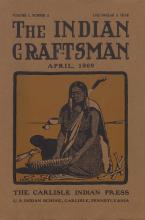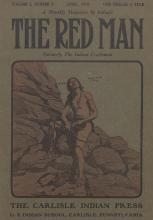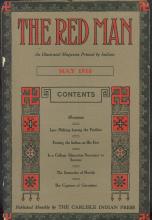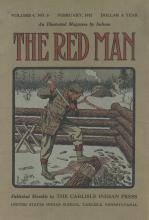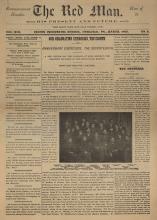Carlisle Indian Students at the Centennial of the Constitution Parade, #4, 1887
The caption reads: THE CENTENNIAL OF THE CONSTITUTION – THE CARLISLE INDIANS PASSING UNDER THE MAIN ARCH – INDUSTRIAL PROCESSION. DRAWN BY W. A. ROGERS.
This hand-colored engraving is from a Supplement to Harper’s Weekly vol. 31, no. 1605 (September 24, 1887): pgs. 698.

